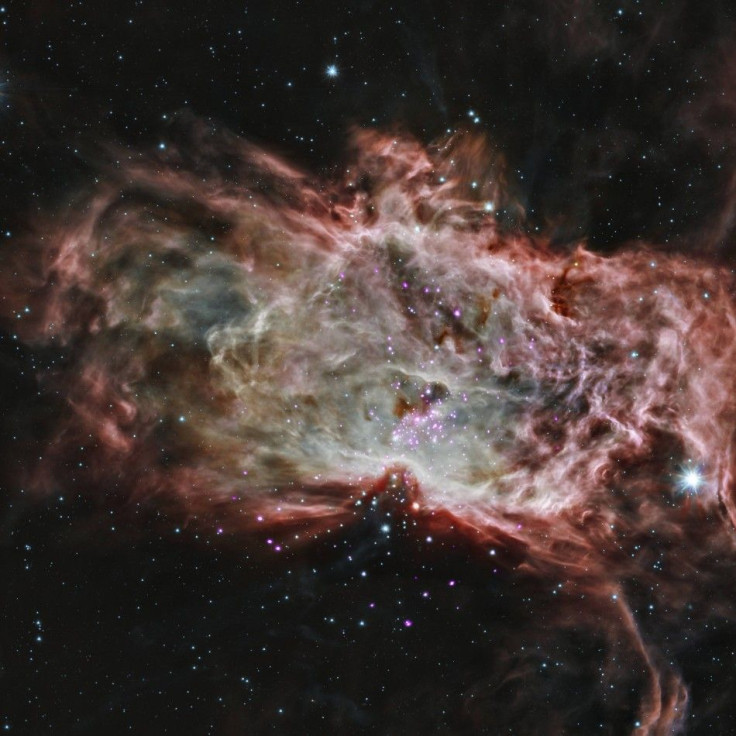International Space Station Finds Life In Space: Tardigrades Are Aliens for Space

One of the reports that was published said that United States astronauts were dependent on Russia to send their international space station to space as NASA shut down their space launches.
Tardigrades have managed to get into space and this has left the Russian cosmonauts, leaving them with no explanation for it. The living organisms were found in space when the cosmonauts were cleaning the vessel while on a spacewalk. The tardigrades might not be aliens but experts are at a loss to explain how the organisms found their way more than 200 miles above the surface of the Earth.
A number of theories were cropping up with the most likely one being that the organisms, a type of sea plankton, took a ride on the ISS when it was launched from Kazakhstan. Other theories suggest that air currents could be responsible for the growth of the tardigrades in the ISS or that organic life traveling on comets and asteroids could have spread in space, which is what the panspermia theory is all about.
These organisms have the ability to survive in space, but the recent discovery made by the cosmonauts was completely unexpected. The scientists decided to name the creatures TARDIS or Tardigrades in Space, which brought in fun memes that went viral.
The micro-organisms, first species in space, have limbs, a mouth, a digestive tract, muscles and a nervous system and the experiment on them even suggests that there is a possibility that they may have returned back intact to Earth.
Past theories suggest that tardigrades might be one of the few organisms that can make it back alive after a trip to space and a rugged environment. This discovery could help the cosmonauts prove the theory. Also, this can help the biologists understand how exposure to the conditions in space will have an impact on the living cells of the organism.
In today's view, space is being looked at as a permanent ecosystem for human establishments and the understanding of how organisms survive in space can prove to be an important source of how that can be done.




















